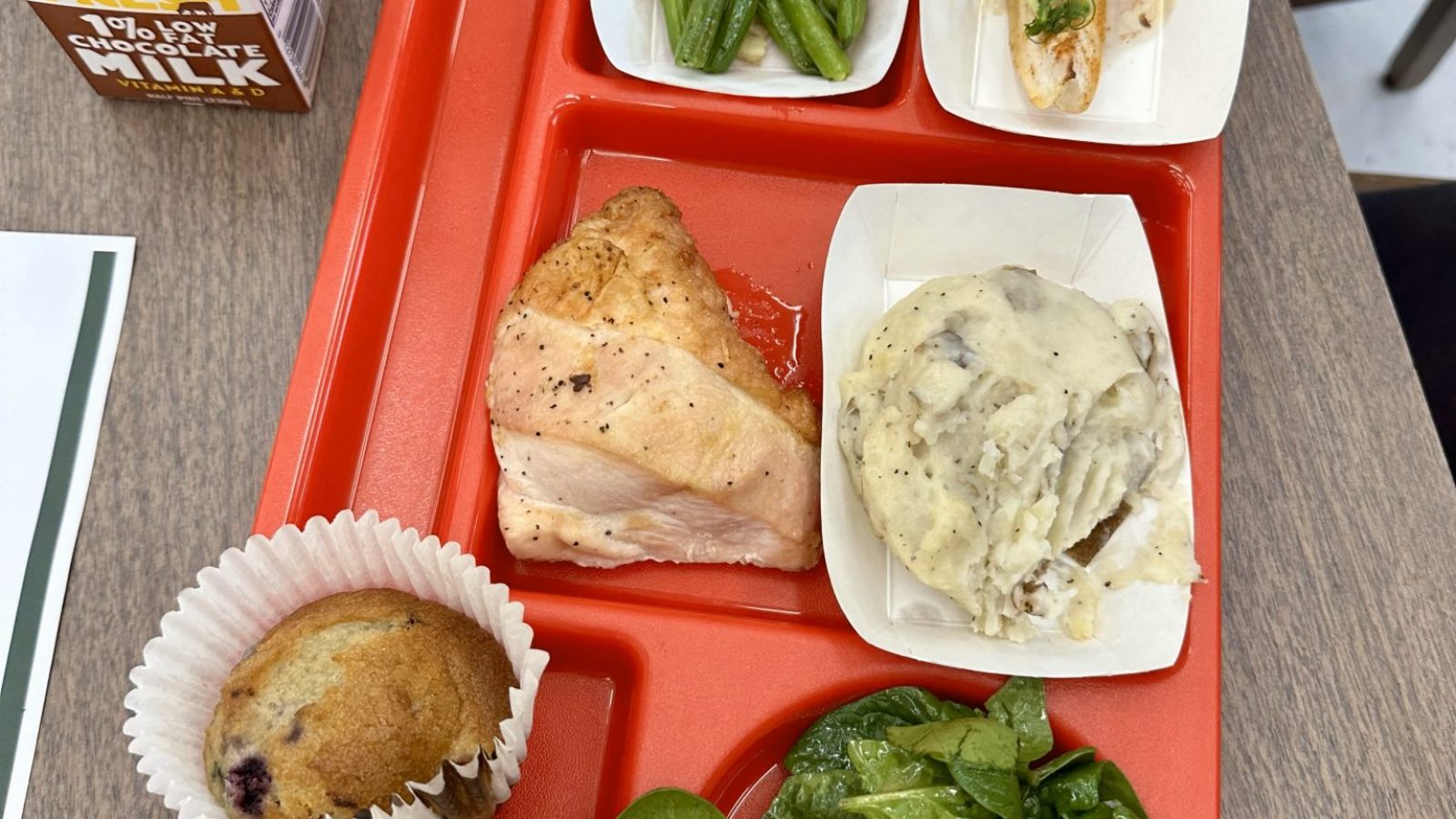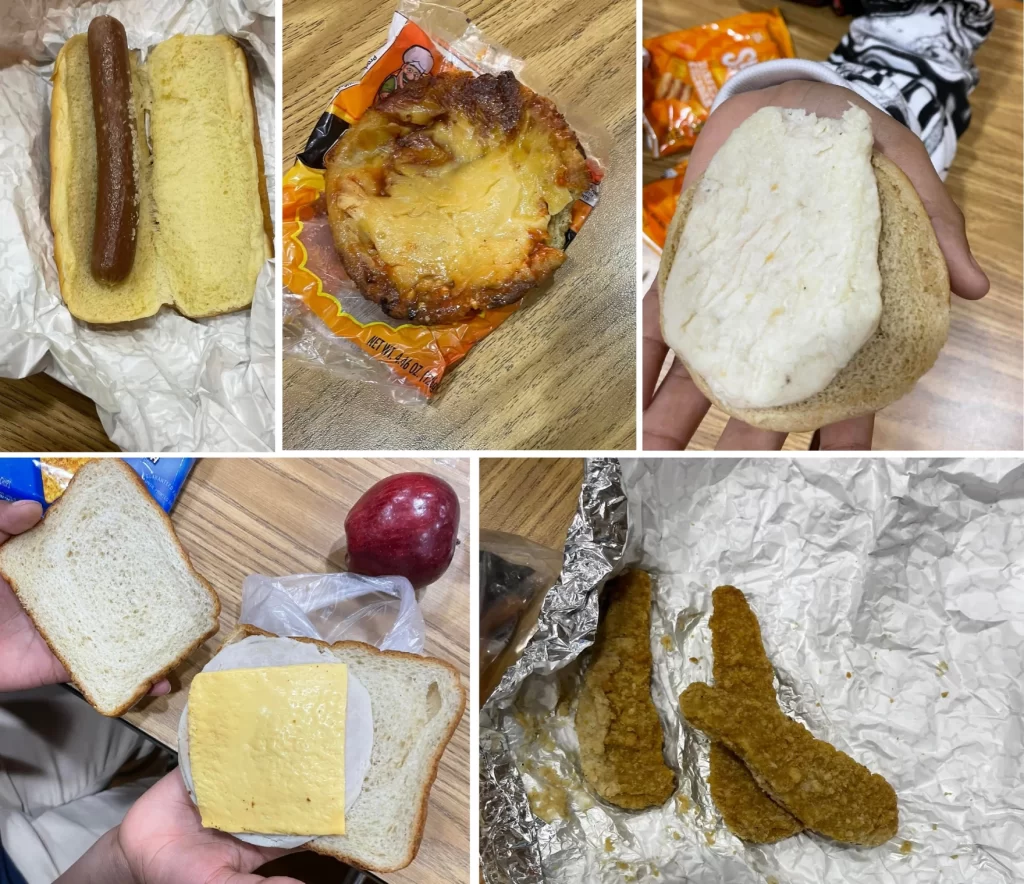By: Maxine Touchette, Conservation Intern
Pawnee Schools CUSD #11 recently invited IEC staff to a lunch reception highlighting the story of how a local food system came together to provide healthier lunches for their students. The mouthwatering meal we had was the same one students received that day! To say we were impressed would be an understatement. And the results of the pilot program we learned about span beyond just health. The school has noticed a huge shift in students’ academic performance and attention spans. Most astonishingly, just a couple of years ago, none of this would have been possible.
A 2016 report from Beyond Green Partners, a B Corp (i.e., transparent and ethical company with social impact) food service committed to zero-waste cooking and sustainable sourcing, assessed Sangamon and Lincoln County Schools’ lunch programs. The report showed that at the time, 95% of the food was imported from out of state and that there was unanimous interest in a local food system, though no one knew where to start in creating one.
In 2022, students posted photos highlighting the state of Peoria school lunches. Though the unappetizing meals sparked outrage across the Internet, Speaker Pro Tempore of the Illinois House Jehan Gordon-Booth stepped in to note that this issue is not unique to Peoria. This led Leader Gordon-Booth to introduce HB4813, which was sponsored by Sen. Ram Villivalam in the Illinois Senate.
In 2022, IEC and partners like the Illinois Stewardship Alliance (@ilstewards) and Chicago Food Policy Action Council (CFPAC, @chifoodpolicy) pushed for HB4813, which removed this requirement for the procurement of food items that meet the following:
- Procure food that promotes the health and well-being of students;
- Comply with the U.S. Department of Agriculture’s nutrition standards for school meals;
- Promote the production of scratch-made, minimally processed food;
- Give preference to locally sourced products;
- Give preference to food suppliers that use producers that adopt hormone and pest management practices recommended by the U.S. Department of Agriculture;
- Give preference to food suppliers that value animal welfare; and
- Increase opportunities for businesses owned and operated by minorities, women, or individuals with disabilities.
Since Governor Pritzker signed HB4813 into law, Beyond Green has been able to better connect school cafeterias to local food options. Founder Greg Christian and his staff got to work implementing a pilot program in Pawnee Schools. Beyond Green was contracted by Sangamon County to explore the potential feasibility of farm-to-school lunch, with Pawnee being their first project. Greg and his team built this new food system from the ground up, coordinating with farmers and encouraging them to grow for the district.
Here’s a snapshot of what we enjoyed:

Our food trays contained goods from several local farms and local food growers: Maple acorn squash from Mueller Family Farm, herb-roasted chicken from Bland Family Farm, blueberry muffins from Janie’s Mill, homemade apple sauce from Gregory Farmhouse and a spinach salad with lardon, radishes, and citrus fruits from Moon Girl Farm, Reeman’s and Golden Gate Farms.
All in all, the food program that Beyond Green Partners implemented was very inspiring to all who attended, including local legislators Senator Doris Turner and Representative Wayne Rosenthal and the Sangamon County School Board members, who were exploring the program’s potential for scalability.
If this means getting even more locally grown food into our students’ diets, that’s a win in our book!


